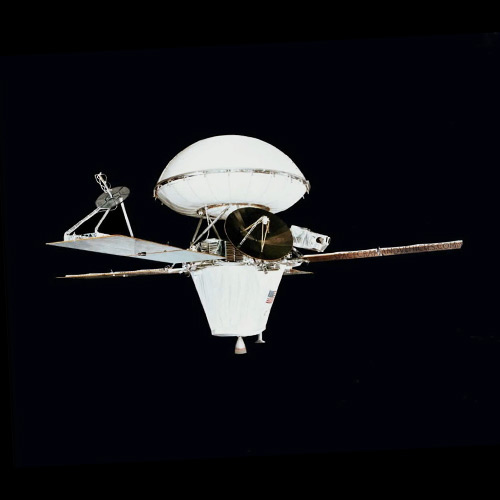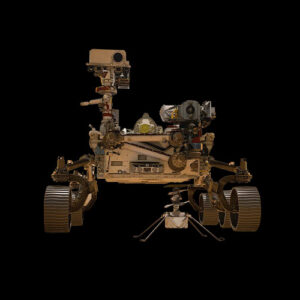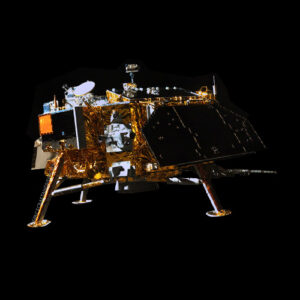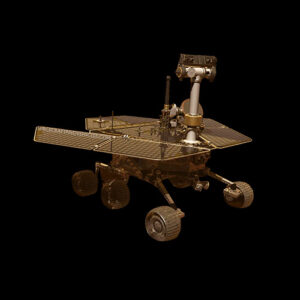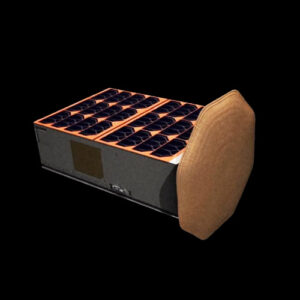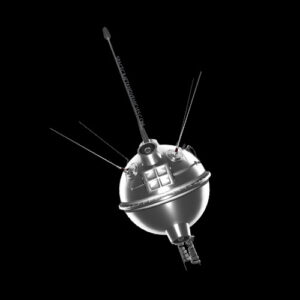Viking 1 was the first spacecraft in NASA’s Viking program, launched on August 20, 1975, with the primary mission of conducting scientific investigations on Mars. It consisted of both an orbiter and a lander, aiming to study the Martian surface, atmosphere, and potential for life.
Viking 1’s successful landing on July 20, 1976, marked the first time a spacecraft soft-landed on Mars and operated on its surface. The mission provided valuable data and images, significantly advancing our understanding of the Red Planet.
Design and Construction
Viking 1 was meticulously designed and constructed to endure the harsh conditions of interplanetary space and safely land on Mars. The lander component featured a tetrahedral shape with three landing legs equipped with shock absorbers to cushion its landing on the Martian surface. The lander’s payload included scientific instruments such as cameras, spectrometers, a seismometer, and environmental sensors to study the Martian environment and search for signs of life.
Constructed from lightweight yet durable materials, Viking 1’s design prioritized reliability and autonomy, allowing it to operate on the Martian surface for an extended period. The lander was powered by solar panels and had a communication system to transmit data back to Earth.
Mission Objectives
- The primary objective of Viking 1 was to study the Martian surface, atmosphere, and potential for life.
- Secondary objectives included characterizing the Martian climate, geology, and conducting experiments to assess the presence of organic molecules.
Launch and Deployment
- Viking 1’s successful landing on Mars provided the first close-up images of the Martian surface, revealing a rocky and barren landscape.
- The lander’s instruments detected no conclusive evidence of organic molecules or microbial life in the Martian soil, but it provided valuable data on the planet’s atmospheric composition and meteorological conditions.
- Viking 1’s observations contributed to our understanding of Mars’ geological history, climate variability, and potential habitability.
Technical Specifications
- Viking 1’s mission paved the way for future Mars exploration missions and inspired continued efforts to search for signs of life beyond Earth.
- The mission’s scientific findings continue to inform ongoing research into Mars’ past and present conditions, influencing plans for future human exploration and robotic missions to the Red Planet.
Current Status
Viking 1 concluded its mission on Mars on November 13, 1982, after operating successfully for over six years. During its mission, the lander transmitted valuable data and images, significantly advancing our understanding of Mars.
Although Viking 1 is no longer operational, its legacy as the first successful Mars lander remains significant in the history of space exploration. The mission demonstrated the feasibility of soft landings on the Martian surface and provided critical insights into the planet’s geology, atmosphere, and potential for life.
